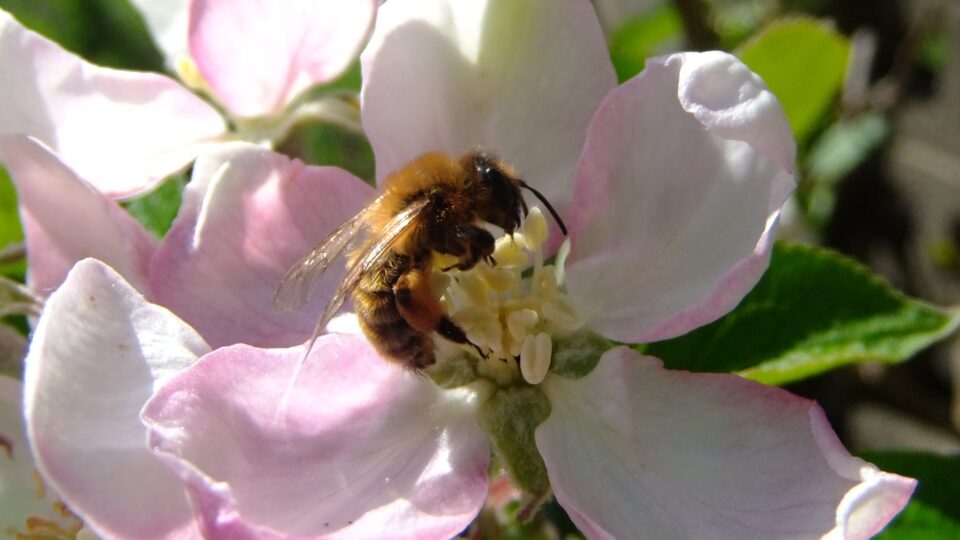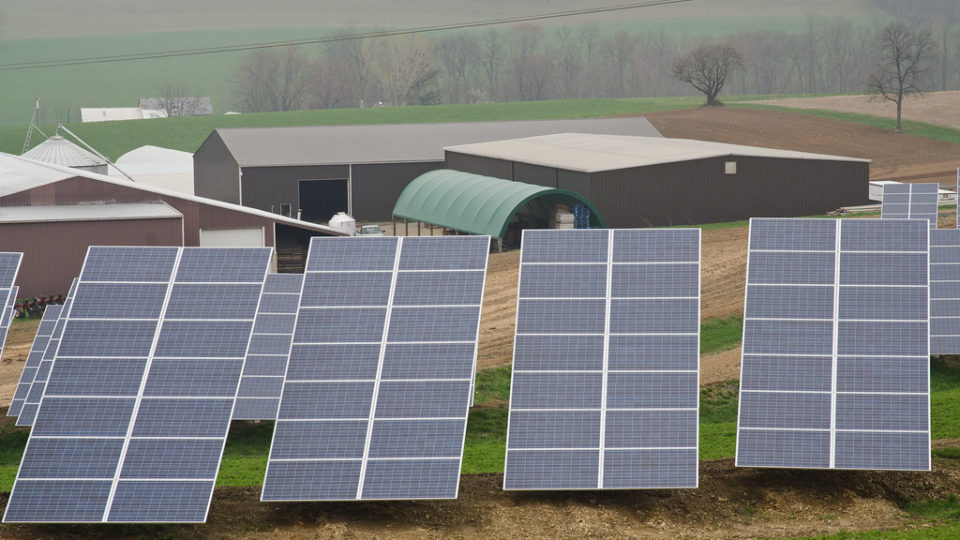Scientists have been sounding the alarm on the global struggle of pollinators for many years. According to a United Nations-sponsored report, 40% of invertebrate pollinator species, including bees and butterflies, are facing extinction. Approximately 80% of all flowering plant species, which are responsible for 35% of global food production, depend on pollination.
According to new research led by Rutgers University, crop yields for apples, blueberries, and cherries in the United States are being reduced by a lack of pollinators. The study, the most comprehensive of its kind to date, found that crop production would be increased if crop flowers received more pollination. In the U.S., the production of crops that depend on pollinators generates more than $50 billion a year.
For the study, which was recently published in the journal Proceedings of the Royal Society B, researchers collected data on insect pollination of crop flowers and yield of apples, highbush blueberries, sweet cherries, tart cherries, almonds, watermelons, and pumpkins at 131 farms across the United States and British Columbia, Canada. Four of those seven crops – apples, blueberries, sweet cherries, and tart cherries – showed evidence of being limited by pollination, meaning that their yields are lower than they would be with full pollination.
The researchers observed that honey bees and wild bees provided similar amounts of overall pollination, so managing habitat for native bee species or stocking more honey bees would boost pollination levels and, in turn, crop production.
Bees and other pollinators play a critical role in food production, and their continued decline could have devastating consequences.
**********
Web Links
Decline of bees, other pollinators threatens US crop yields
Photo, posted April 22, 2012, courtesy of Flickr.
Earth Wise is a production of WAMC Northeast Public Radio.

